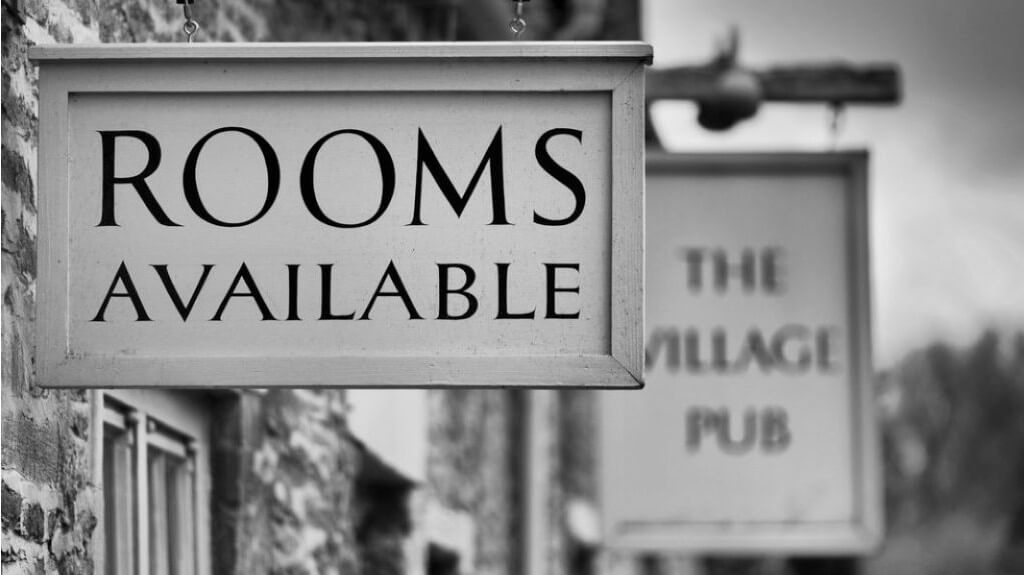
Distribution is by no means a one-size-fits-all scenario.
NB: This is an article from Staah
It is also not a figure-it-out-once and forget about it task. Your distribution strategy should evolve with times and consider several elements. These include your target guests, business goals, pricing and more. Covid-19 of course has touched every element that feeds into your distribution strategy.
Subscribe to our weekly newsletter and stay up to date
In this blog we revisit key areas you need to consider to inform a distribution strategy that accelerates innovation, makes you resilient and grows revenue.
1) Refining your business objectives

Before you start tweaking your distribution strategy, go back to the drawing board and see if your business objectives are still valid. For instance, you may have previously wanted to attract more international visitors. Is that still true? Do you need to improve your ability to fill last-minute vacancies as opposed to relying on advanced bookings?
2) Review your audience – target your best guests
Is your target guest the same as pre-covid? For instance, your focus previously may have been tech-savvy, high-spending, young millennials. However, as the travel profile has distinctly evolved, you may now want to focus on the boomer market for their financial stability.
Knowing your target audience, who they are, their travel behaviour, interests, location, etc. is important to define your choice of distribution channels. Your channel manager insights, along with the property management system (PMS) are great sources of this information.
3) Seasonality
The travel industry is highly seasonal. A seasonal hotel distribution strategy takes advantage of that nature and combines it with online reviews, and an in-depth analysis of your revenue streams. With the right strategy, you can maximise peak season bookings while simultaneously boosting bookings during the off-season.
4) Maintain competitive rates
In addition to finding the right channel mix, competitive pricing is a critical part of your distribution strategy. Having a real-time understanding of market conditions and the prices offered by a comparable competitive set will help you optimise your rates.
When it comes to rates, it is also important to not just set and forget. Now more than ever before dynamic pricing is important. By continually adjusting rates and stay restrictions based on local demand and market conditions, you are more likely to sell more rooms at the highest possible rate. Rates, occupancy and competitor activity lie at the heart of an effective dynamic pricing strategy.
5) Track acquisition costs

How much does it cost to acquire a guest through a channel? This is simple to do with the data available from your channel manager and PMS. Simply divide the amount of money you spend on a platform by the number of guests you acquire to arrive at acquisition cost.
Don’t forget that your total cost per channel can include multiple metrics, including the cost of ads, maintenance, commissions, development of marketing creative, and your net revenue per available room (Net RevPar or NREVPAR).
6) Choose your channel mix
Pick booking channels your target audience is most likely to use. A combination of channels is recommended for sustainable growth, with each channel playing a different role in your distribution mix. OTAs are great to drive visibility and traffic, but direct is generally considered more profitable. GDS is critical to reach the corporate market. Metasearch platforms such as Google Hotels, TripAdvisor, Trivago and Kayak pull rates from multiple OTAs and play their own unique role in capitalising on their search reach.
The goal with every channel is simple: maximize your reach and visibility while minimising the cost. This is where visibility offered by a channel manager on every channel becomes crucial.
7) Optimise your listings
It is important to ensure that every platform that a guest can see you on provides all the information they need to make a decision to book your property. This includes high-quality photos, compelling descriptions, and information about your location, amenities, and other features that appeal to your target markets.
Review your listings regularly to ensure information is always accurate and up to date. Online reviews play an important role in decision making, so pay careful attention to these.
8) Use technology to your advantage
The last step in coming up with a successful distribution strategy is to tie together all of the above-mentioned strategies with the right technology choices. From a channel manager to booking engine, revenue management software and a property management system, it is important to seamlessly connect your tools in order to inform a cohesive and responsive distribution strategy.



